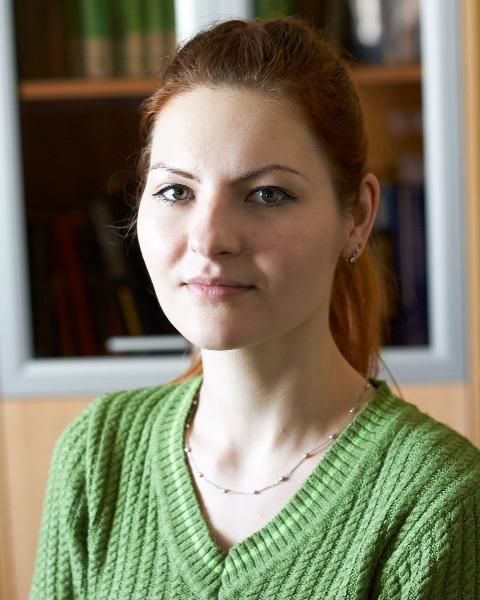Pharmacometrics & Pharmacokinetics (PMK)
Category: Member Submission
Session: Poster Session I
PI-090 - PROTEIN BINDING: STATIC SOLUTIONS TO A DYNAMIC PROBLEM CAN BE MISLEADING IN DRUG DEVELOPMENT AND REGULATORY EVALUATION.
Wednesday, May 28, 2025
5:00 PM - 6:30 PM East Coast USA Time
T. Iakovleva1, C. Humerickhouse1, B. Cicali1, S. Schmidt2; 1University of Florida, Orlando, FL, USA, 2University of Florida, Orlando, FL, United States.

Tatiana Iakovleva, PharmD (she/her/hers)
Research Assistant Professor
University of Florida
Orlando, Florida, United States
Background: The importance of protein as a surrogate for free, pharmacologically active drug concentrations has been debated for decades. However, the fact that there is a dynamic interplay between free drug, plasma proteins, and therapeutic target, which governs exposure-response, has not been fully appreciated. This has led to much controversy and terms like “free drug hypothesis”, fueled by case reports on therapeutic efficacy being achieved despite having subtherapeutic free concentrations once correcting for plasma protein binding. The objective of this study was to establish a conceptual framework that can help to appropriately characterize and interpret the impact of plasma protein binding on free drug exposure and associated pharmacological response.
Methods: The dynamic interplay between free drug, plasma proteins, and therapeutic targets following intravenous administration was evaluated using global sensitivity analysis in R (version 4.4.1; sensobol package, version 1.1.5) to determine key parameters driving free concentration under a wide range of physiological conditions. Results were visualized in R (ggplot2 package, version 3.5.1) and externally validated with clinically relevant case examples. Key factors identified were classified into four categories: 1) protein binding properties, 2) tissue target site distribution, 3) disease-induced changes in protein and target binding, and 4) drug-drug interactions. These factors were integrated into a decision-making framework to be used in drug development and regulatory evaluation.
Results: The results of the global sensitivity analysis showed that a static approximation of unbound concentration (the fraction unbound times total concentration) often yields free, pharmacologically active concentration, but not always. Particularly, in cases where either therapeutic target or drug-metabolizing enzymes show high affinity, high capacity interactions with free drug, binding to plasma proteins has only a minor effect.
Conclusion: This study highlights the importance of accounting for the dynamic nature of protein binding and proposes a practical framework for determining when and how to implement dynamic modeling to ensure more accurate predictions of free drug concentrations and their impact on efficacy and safety.
